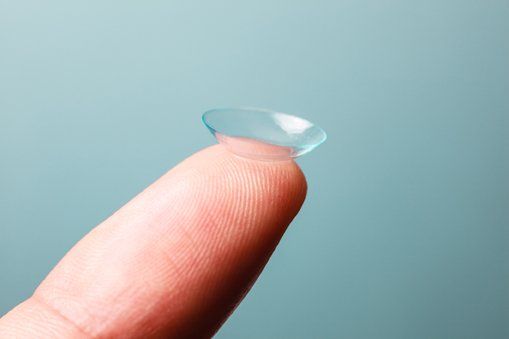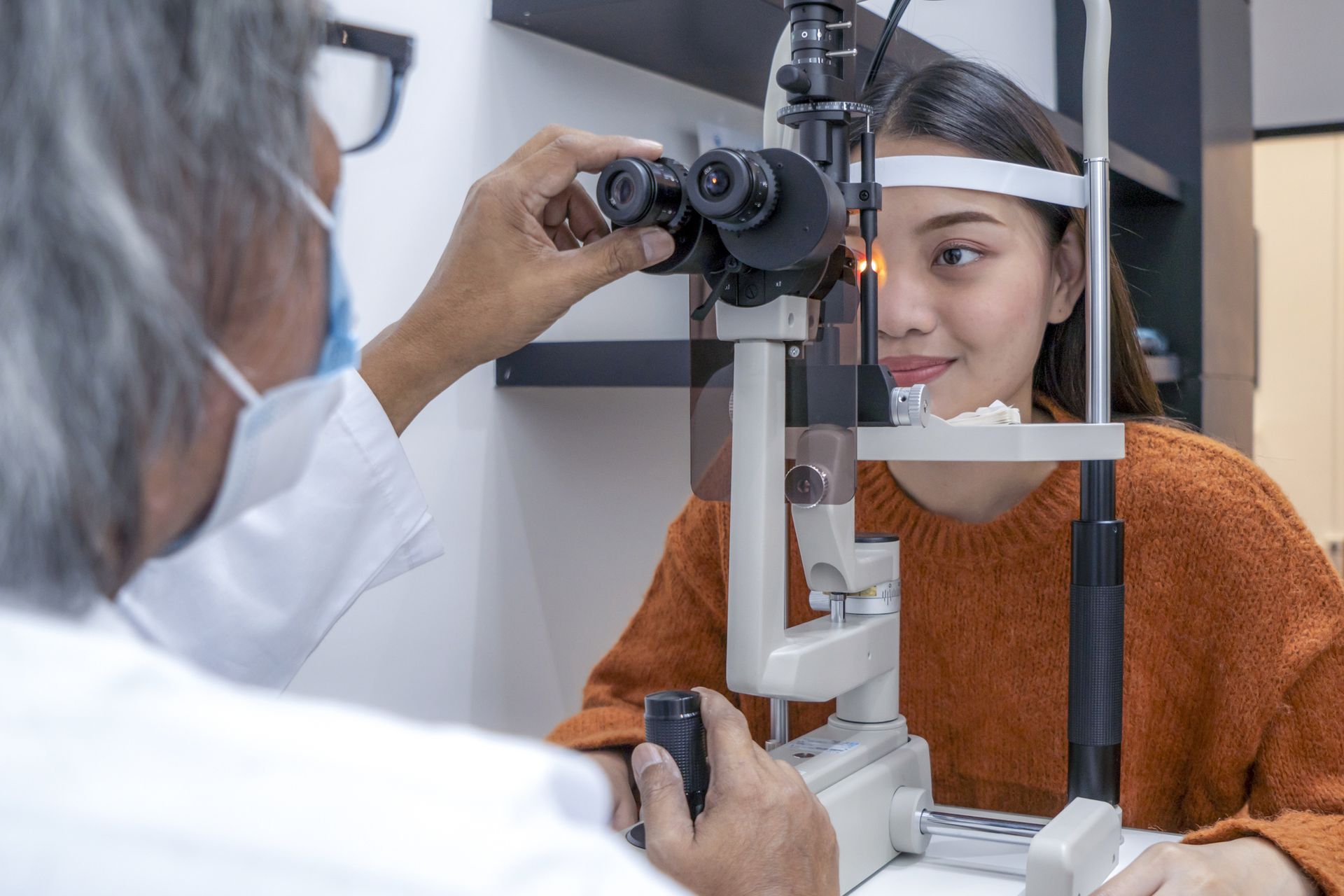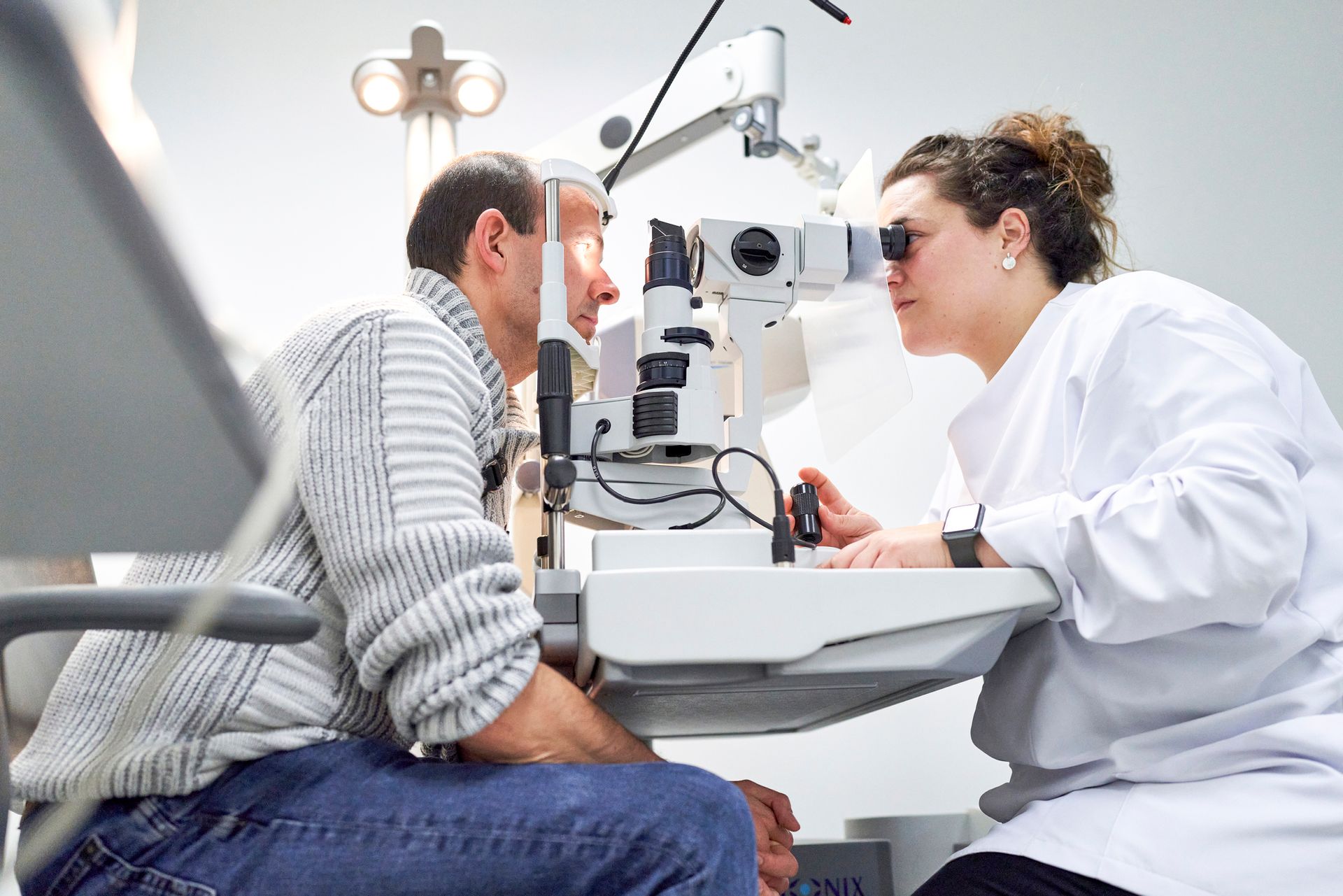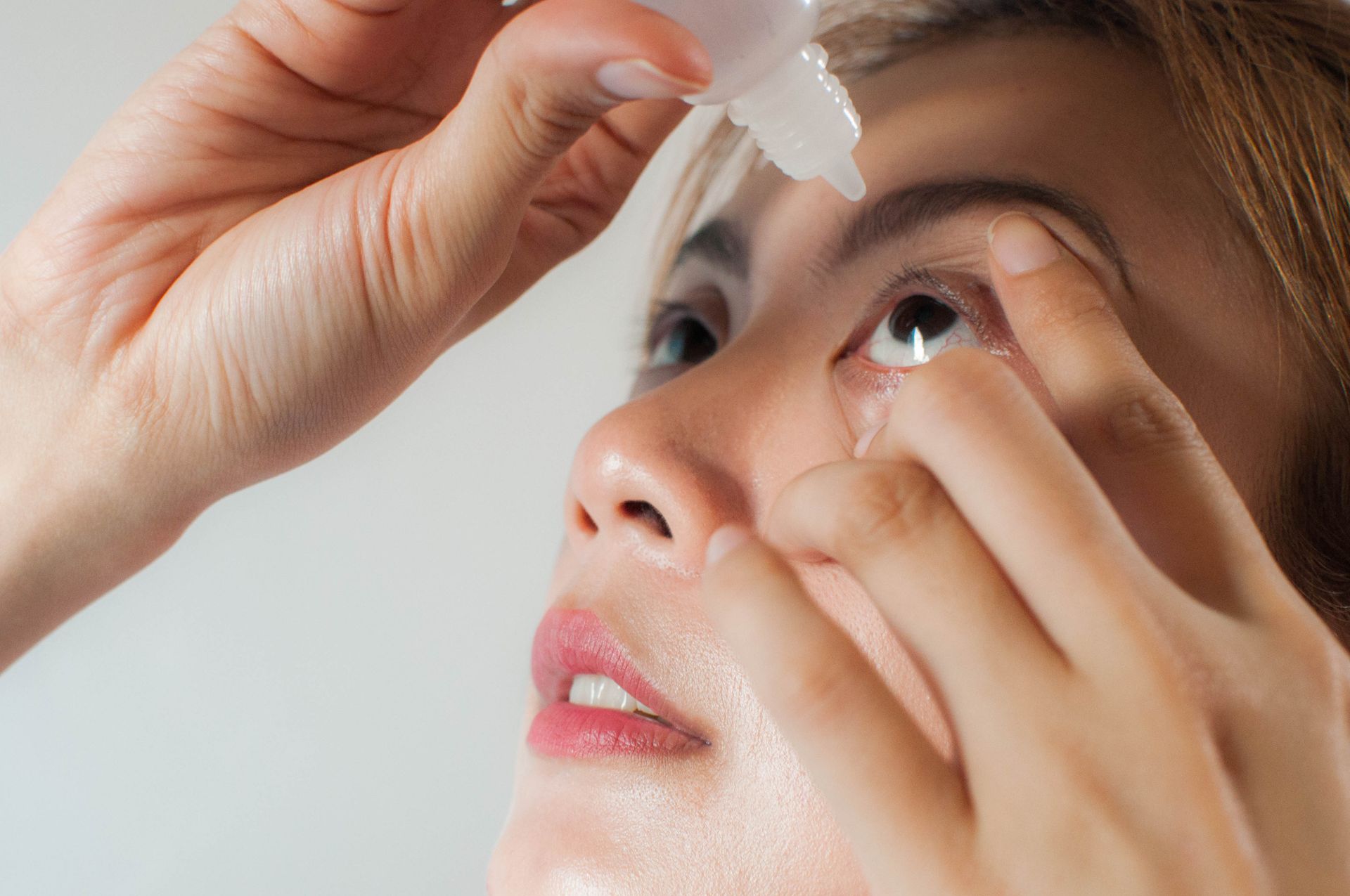Extended Wear Contact Lenses: What You Need to Know

If you need to wear contact lenses, you have a few options to choose from. The best type of contacts depends on your preferences and your individual vision needs. Extended wear contacts are an increasingly popular option for many contact lens wearers.
In contrast to daily wear lenses that you can only wear for one day, the FDA approves extended wear contact lenses for periods of longer wear. The approved duration depends on the brand; you can wear some contacts for a week at a time, while others have approval for up to a month of continuous wear. Read on to learn everything you need to know about extended wear contact lenses.
1. Extended Wear Contacts Are Budget Friendly
One of the reasons some contact wearers opt for extended wear contacts is that they are frequently more budget friendly than daily wear contacts (contacts that you wear one time and throw away).
Though your final price depends on your vision insurance, available rebates, and the brand of lenses that you select, you can expect to pay between $250 and $300 annually. A year's supply of daily disposable lenses runs about $480 to $720.
2. You Should Remove Your Extended Wear Contact Lenses Before Swimming
If you plan to go swimming, you need to make sure that you remove your extended wear contact lenses before you get in the water. The FDA advises against getting water in your contact lenses, and this advisory includes extended wear lenses. Your contact lenses function like a sponge and absorb any water that they come into contact with.
This means you are bathing your eyes in microbes and viruses commonly found in pools, lakes, and oceans. Normally, when you expose your eyes to water, the normal blinking process quickly removes the water. If you are wearing contacts, the blinking process will not remove the water. This greatly increases your risk of contracting an eye infection.
A secondary reason to avoid swimming in your extended wear lenses is that exposure to water weakens your lenses, shortening their expected life span. If you wear hard contacts, they also have a high chance of falling out. Instead, remove your lenses and store them in a contact lens case with the appropriate cleaning solution.
3. Extended Wear Contacts Are Available in 2 Common Materials
Extended wear contacts are made primarily in two different materials. The most common material is silicone hydrogel. This is a breathable lens that lets air easily reach your eye. It is a great choice due to the high level of comfort that it offers.
Some extended wear lenses are actually gas permeable lenses, more commonly known as hard contact lenses. These lenses are made of plastic. Like silicon hydrogel, the plastic is oxygen permeable so that air can reach the eyes with ease.
Though most contract lenses users opt for soft contacts, hard contacts are ideal for individuals with certain eye conditions, such as astigmatism or cone-shaped corneas (a condition referred to as keratoconus).
4. Doctors Advise Against Frequent Overnight Wear
Even though extended wear contact lenses are approved for overnight wear, most eye doctors agree that you should limit how frequently you wear your lenses overnight. Extended wear contact lenses are much more permeable than other types of lenses, but they still limit the flow of air to your eyes.
Even a small reduction in overnight airflow can make some individuals more likely to experience an eye infection. If your doctor recommends against sleeping in your extended wear lenses, they still have many benefits. Many wearers find them to be extremely comfortable to the increased breathability. They are also a terrific option for individuals who tend to suffer from chronically dry eyes.
Keep your eyes as healthy as possible with regular visits to your optometrist. Contact Calvert Ophthalmology Center
today to schedule an appointment.













